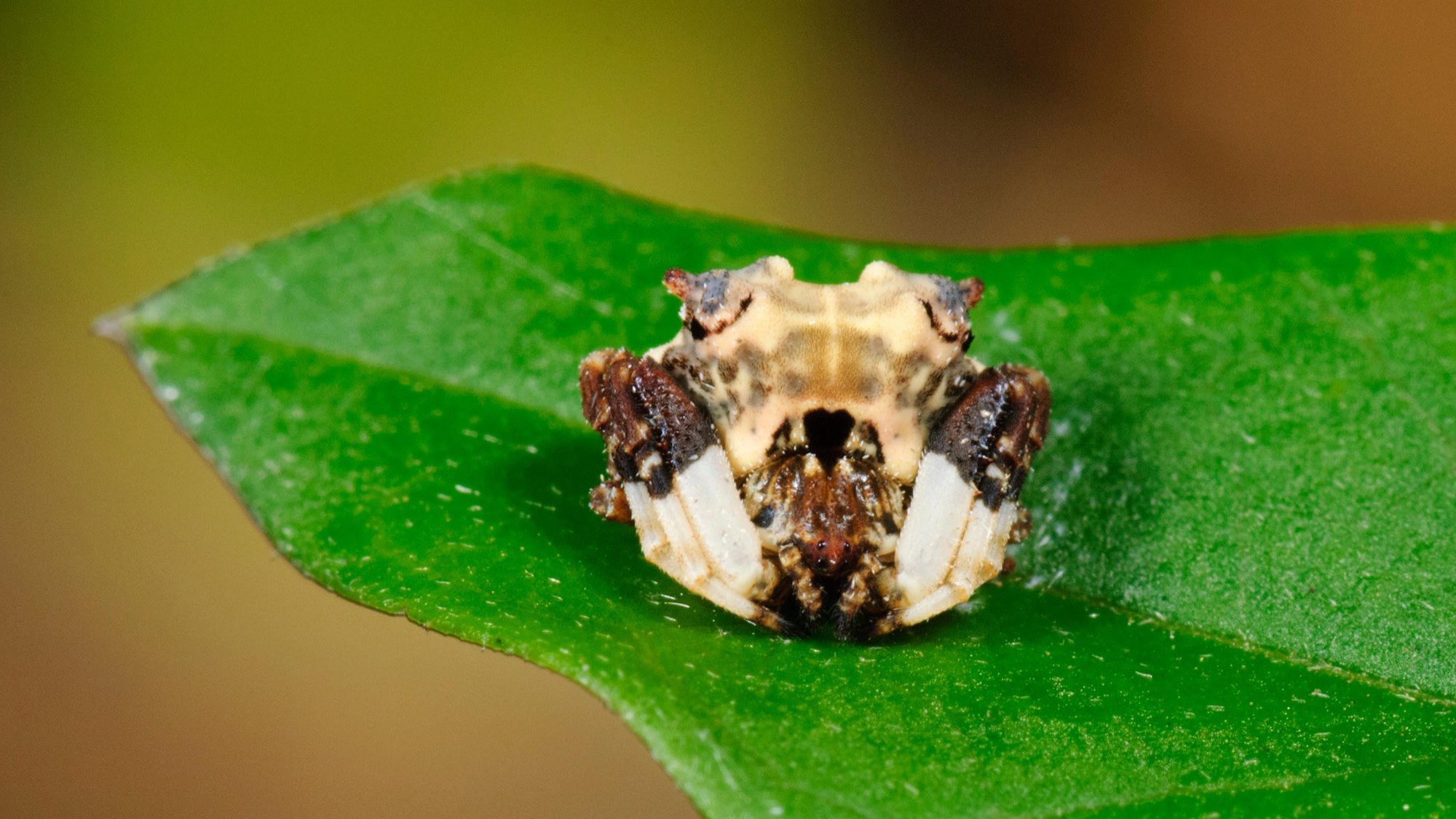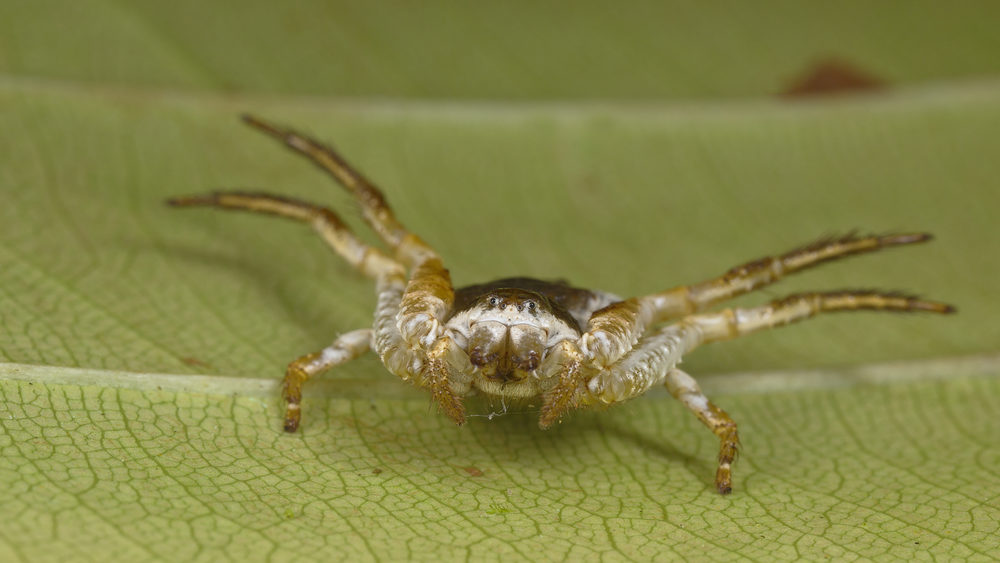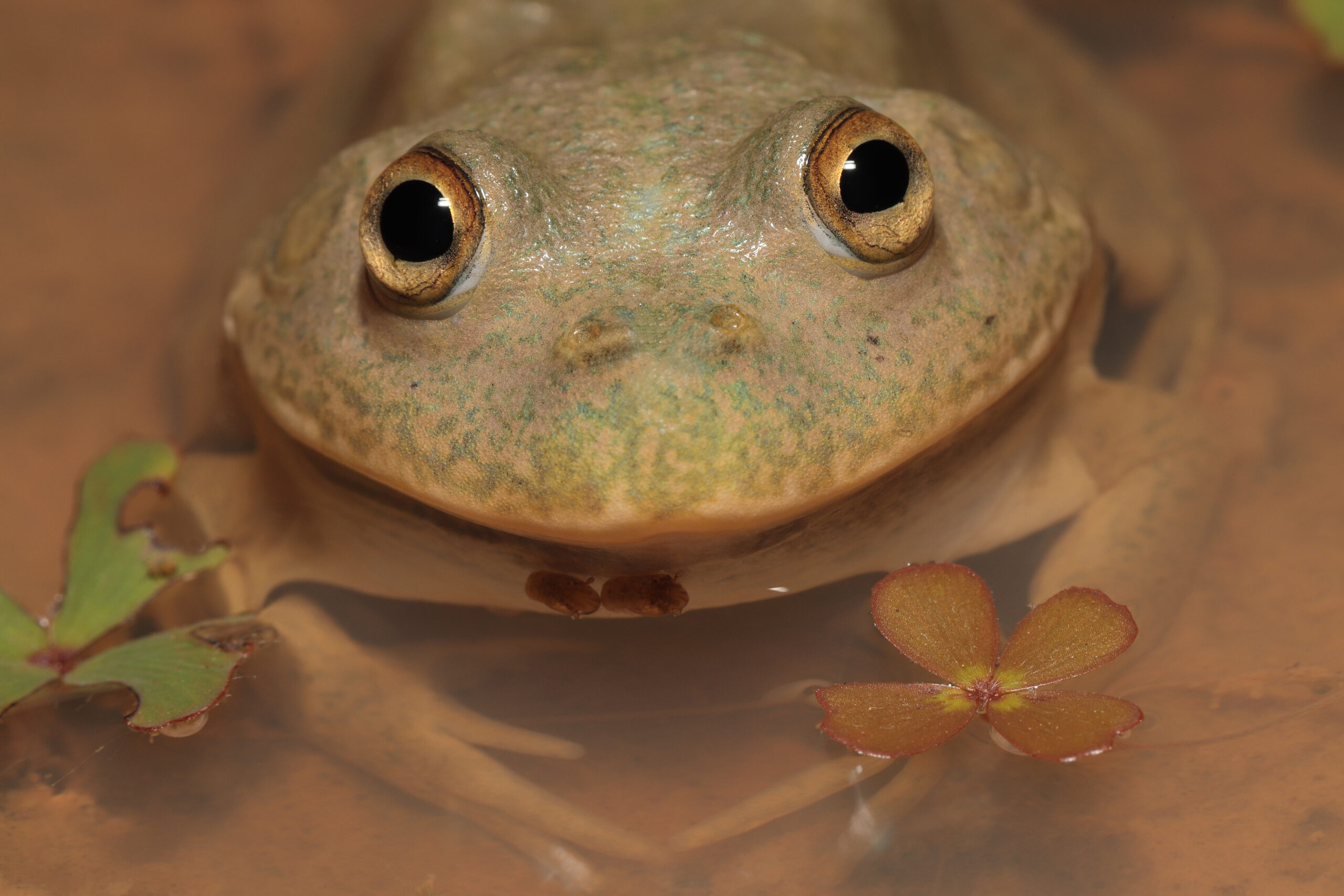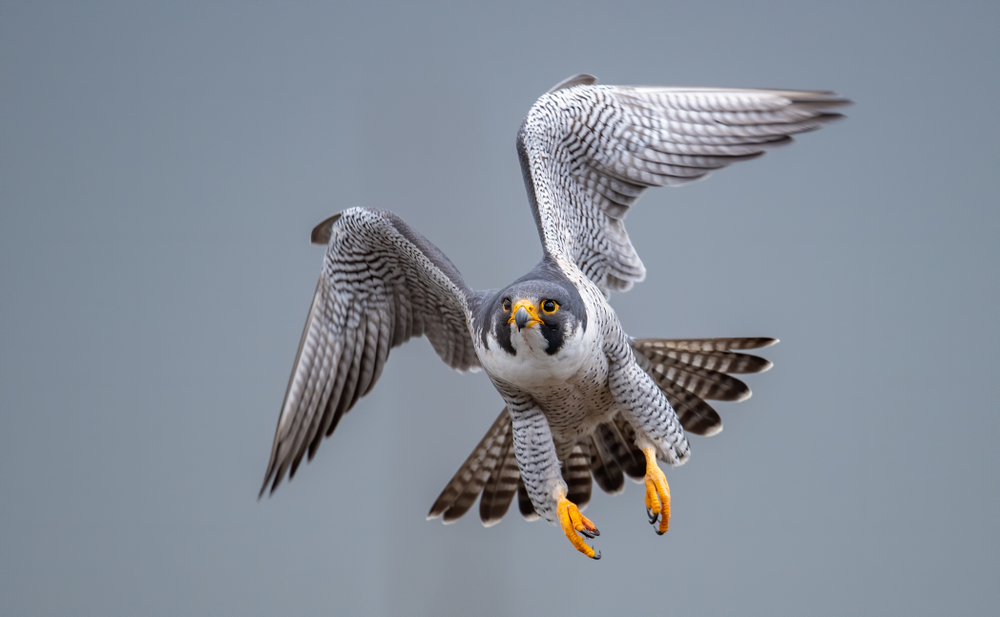| Common name | Bird-dropping spider |
| Scientific name | Celaenia excavata |
| Type | Arachnid |
| Diet | Carnivorous, eating insects (mainly moths) |
| Average lifespan | One year |
| Size | Between 12mm (female) and 2.5mm (male) |
The bird-dropping spider sounds like a creature better suited to a Halloween horror movie than your regular household backyard.
Although considered a large spider species, which is enough to make an arachnophobe tremble, the name of these interesting spiders is far more literal, coming from their ability to mimic a bird’s poo, or ‘droppings’.
Found throughout much of eastern and southern Australia, with rare sightings in central Australia and near Uluru, the bird-dropping spider (Celaenia excavata) also considers New Zealand its home.

Additionally known as the death’s head spider (thanks to its skull-like markings) and the orchard spider (as it hunts for moths on fruit trees), the bird-dropping spider’s large size, unusual colour patterns and resting posture make this orb-weaver hard to forget.
With venom that isn’t considered toxic to humans, these spiders make their homes within many suburban backyards, although actually spotting one can be quite the challenge. Their clever camouflage works just as well on humans as it does on their most common predator – birds. While males have a tiny abdomen measuring only 2.5mm long, it’s the females that make their presence known at a sizeable 2cm long. Their broad, triangular abdomen, decorated in sploshes of white and brown, easily resembles bird poo and with its legs tucked tightly against its body, it’s easy to see why this creature tends to go unnoticed.

A master of disguise, the bird-dropping spider uses another clever trick to trap its prey. Feeding almost exclusively on male moths, the spider hangs from the edge of a leaf or twig on a short silk thread at night-time, with its legs outstretched. Releasing a chemical scent that impersonates the airborne sex pheromone released by female moths to attract a mate, the spider lurches and grabs any male moth that flies in for a closer look.
Reproduction is a little left of centre for the bird-dropping spider, with females constructing a series of large marble-shaped brown balls or egg sacs, held together with silk. As many as 13 sacks, each containing 200 eggs, are as big as the spider itself and look almost like a miniature piece of art as they hang from a tree branch. The female sits on top of the impressive structure by day and dangles below by night, awaiting unsuspecting moths who might fly by.










